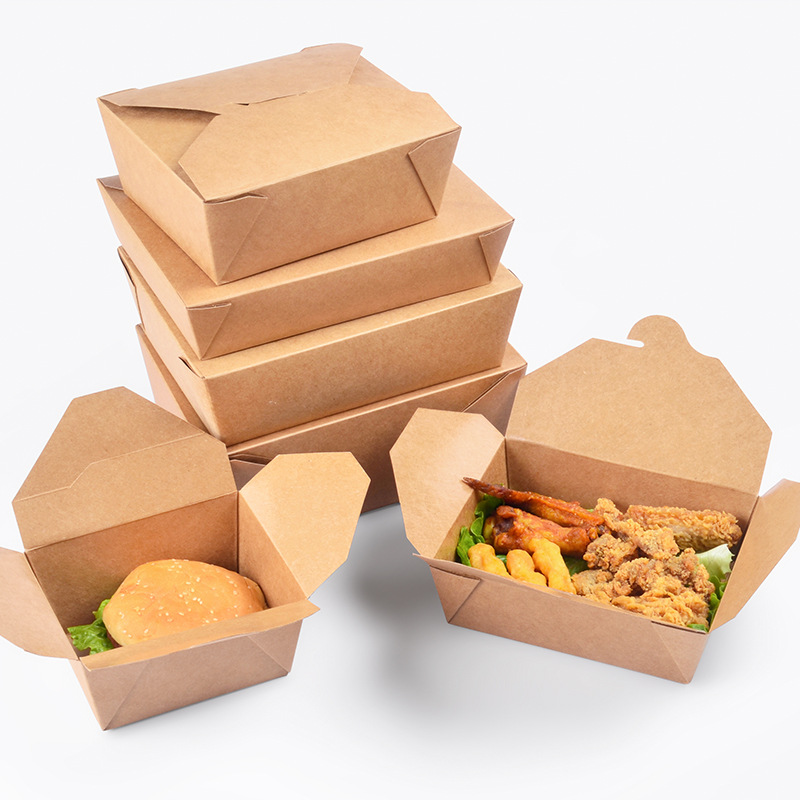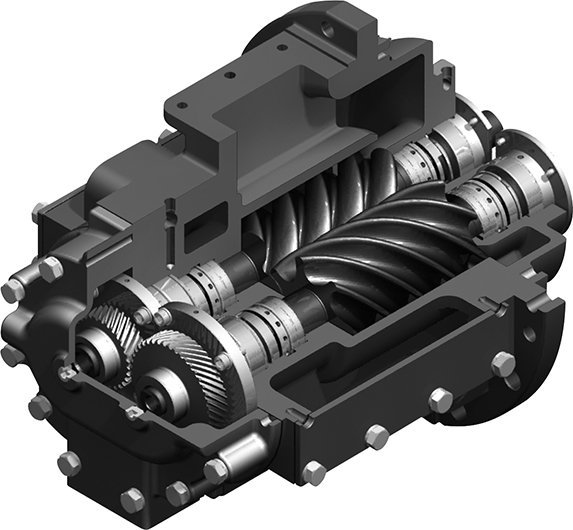The Benefits of Paper Food Container Manufacturer for Custom Food Packaging Orders
Finding the right packaging partner is essential for food businesses that manage bulk or custom orders. A paper food container manufacturer offers the flexibility, reliability, and eco-friendliness that large-scale and tailored food packaging requires. Whether you are a food producer, restaurant, or distributor, working with a trusted manufacturer ensures your packaging needs are met efficiently without compromising on quality or sustainability. Here is why choosing a paper food container manufacturer is the smart move for bulk and custom food packaging needs.
The Advantages for Bulk Orders
Yoon paper food container manufacturer is equipped to handle large-scale production. Their machinery, sourcing networks, and production lines are designed to fulfill high-volume demands quickly and cost-effectively. Advantages include:
- Consistency in quality: Every container meets standard guidelines and maintains uniformity.
- Lower cost per unit: Bulk production reduces individual packaging costs.
- Reliable timelines: Manufacturers plan for large runs, helping you meet market demand on schedule.
- Inventory planning: Bulk supplies enable better inventory management for long-term use.
For food businesses with regular or seasonal high-volume needs, such as meal delivery services, caterers, or wholesalers, having a reliable bulk packaging solution prevents last-minute supply issues.

Tailored Solutions with Custom Packaging
Custom packaging is more than just aesthetics it builds brand identity and enhances customer experience. Yoonpak paper food container manufacturer offers flexible custom options that align with your specific needs. Custom order advantages:
- Branding options: Add logos, colors, and custom sizes that reflect your brand.
- Tailored functionality: Choose shapes, coatings, and features based on your food type hot, cold, dry, or liquid.
- Marketing value: Custom designs make your packaging stand out on shelves and in deliveries.
- Sustainability messaging: Printed eco-friendly messages reinforce your environmental commitment.
By offering scalable customization, manufacturers help both small specialty businesses and large chains maintain a consistent and professional brand image across all packaging.
Eco-Friendly and Compliant
Paper containers are increasingly preferred due to their sustainable nature. Recyclable, compostable, and biodegradable options are available, allowing businesses to meet consumer expectations and comply with environmental regulations. Key points:
- Reduces plastic use and carbon footprint
- Supports green certifications and brand positioning
- Safe and food-grade materials ensure compliance with health regulations
Streamlined Logistics and Support
Manufacturers often offer logistical support, warehousing options, and direct distribution services to simplify operations for clients. Benefits:
- Reduced operational burden
- Single-source supplier simplifies procurement
- Ongoing support for design updates or volume changes
Choosing a paper food container manufacturer for bulk and custom food packaging needs provides practical, scalable, and sustainable advantages. From consistent quality and lower costs in bulk orders to unique branding in custom packaging, these manufacturers help food businesses operate smoothly while appealing to modern consumer expectations. Investing in a trusted partner boosts efficiency, brand value, and environmental responsibility key ingredients for long-term success.








